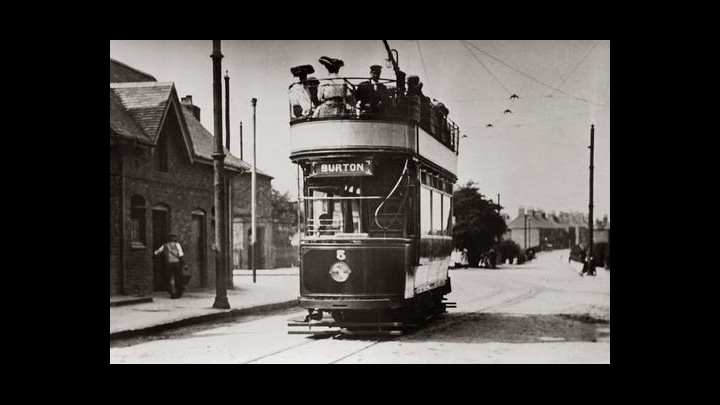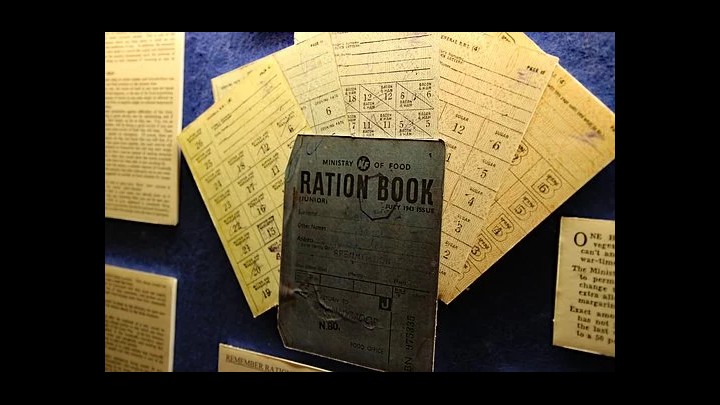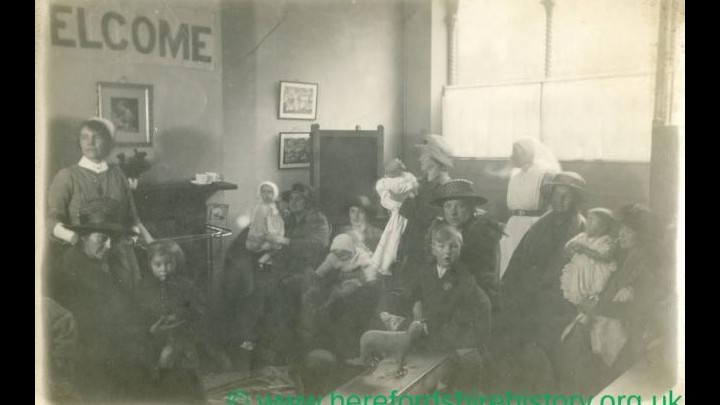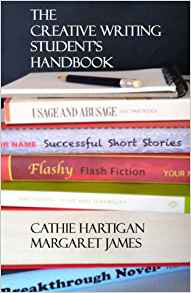
The Cut: In 1941 there were still many professional workers on the English canal system, and they referred to the canals as ‘The Cut’.
The narrow boats, freight carrying pairs were worked by families, with both parents and children fully involved in the demanding business of operating their boats round the canals. In the war many of the men from these families were being called up into the armed forces leaving a shortage of crews just when the boats were more needed than ever.
The Women’s Royal Naval Service (the ‘Wrens’) received an enquiry if their young women might make up the shortage. Suspecting that it might be a world very different from operating Royal Naval boats around its harbours, The Wren authorities dispatched their special projects sea experienced boat crew Wren Jane Beacon to investigate the Cut and its people to see if Wrens might be suitable.
In being sent there she enters a very different world but determinedly sets about getting to grips with it. As seen through the eyes of this sympathetic outsider, the lives and social structures of the boat people are explored in detail to give a lively picture of a historic way of life dictated by the circumstances in which they lived. Despite it being 1941, for much of her trip the war is far away.
From Limehouse to Birmingham and on to the coalfields around Coventry, then by horse boat to Oxford and Lechlade, Wren Jane enters fully into the closed world of the canal people. This means days of intensely hard physical work but she sticks with it to emerge as a fledged narrow boat person herself.
The free spirits of the boating community in which she is placed shake Wren Jane’s personal beliefs to their foundations, accustomed as she is to a regulated way of life. The life of the boat person is one of constant toil bounded by the canal system, close to nature and cut off from the endless news of battles and military set-backs. But the way of life is a fulfilling one so all-absorbing that Wren Jane barely notices this lack. The family-based structure means that, although children are expected to work to keep the boats moving, they live in a loving atmosphere of care and affection which is a central force in holding the system together.
By her trip’s end returning to the world of war and strict discipline (which one is actually the ‘real world’?) is a daunting prospect. She is left with deep misgivings about her life which will leave a permanent mark on her view of the world.
Book four of the Wren Jane Bacon saga takes the reader into this different world and her response to it.
EDITOR: You can read readers reviews of Wren Jane Beacon Runs The Tideway which is Book 3 in the series here.











